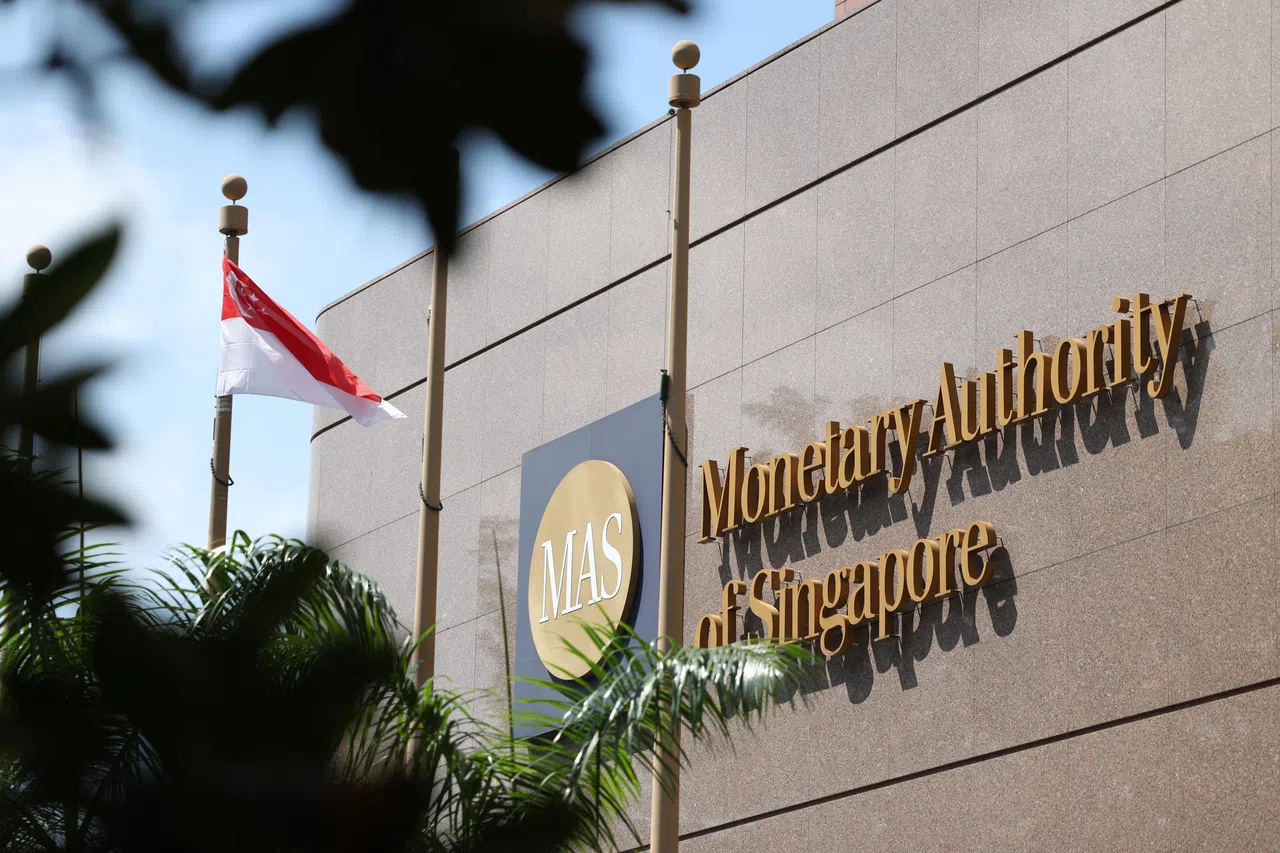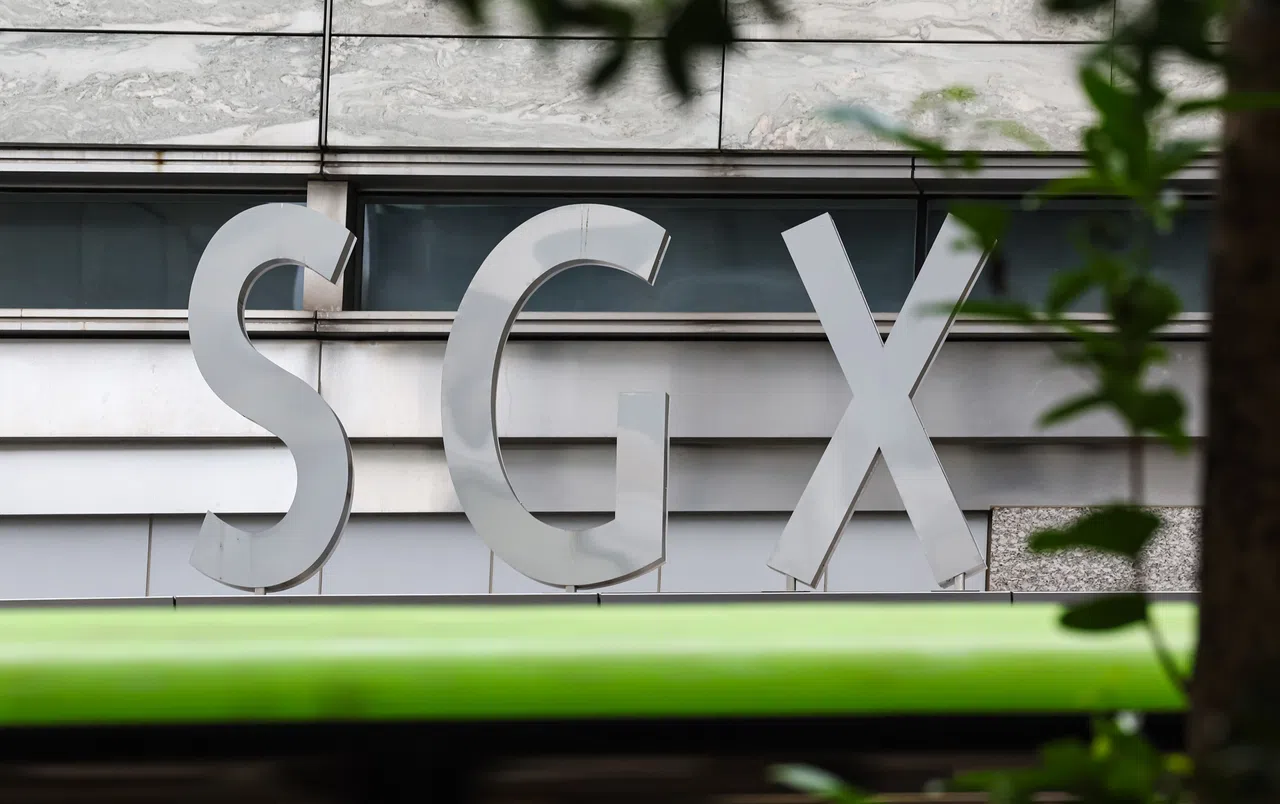DEMAND for the latest tranche of the Singapore Savings Bond (SSB) reached its lowest level by absolute value in more than two years, with the 10-year average return also hitting a new low for 2024 thus far, allotment results released on Monday (Oct 28) showed.
The November issuance of the Singapore government-backed bonds received applications of S$99.6 million for the S$600 million on offer.
This marks a new low by absolute value for applications received since February 2022, when S$150 million tranche received a total of S$75.5 million in applications.
A total of S$92.2 million was applied within individual allotment limits and this amount was fully allotted.
In comparison, October’s issuance received S$206.6 million in applications for the S$800 million on offer.
The November tranche also saw yields slip to record lows for 2024, as the latest issuance offered a first-year interest rate of 2.25 per cent and a 10-year average return of 2.56 per cent.
BT in your inbox
Start and end each day with the latest news stories and analyses delivered straight to your inbox.
This is down from the October issuance, which offered a first-year interest rate of 2.59 per cent, and a 10-year average return of 2.77 per cent.
Applications for the SSB closed on Oct 25, and the bonds will be issued on Nov 1.
In September, the US Federal Reserve pencilled in 50 basis points of cuts over the two remaining rate decisions this year, suggesting either one more large cut or two smaller cuts of 25 basis points.
Market watchers noted that bond yields historically declined ahead of Fed rate cuts, as markets anticipate monetary policy easing.
Principal Asset Management said in a note that sovereign yields declined in the third quarter of 2024 amid “an acceleration in expectations of global central bank policy easing amid growth concerns”.
Nevertheless, the research team expects US election-related volatility to limit the downside for bond yields.
SSB interest rates are taken from the average yields of the previous month’s Singapore government bonds.
However, they are subject to adjustments to ensure that interest rates do not fall over time and form inverted yield curves whereby the yields of short-dated bills exceed those of longer-dated bonds.







